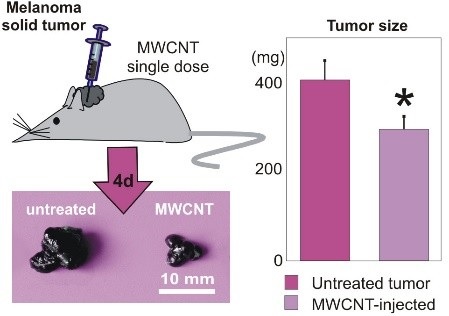
Mónica López Fanarraga
UNIVERSITY OF CANTABRIA-IDIVAL, Spain
Title: Bio-degradable carbon nanotubes display intrinsic anti-tumoral effects
Biography
Biography: Mónica López Fanarraga
Abstract

1. Garcíaâ€Hevia L et al. (2015) Multiwalled carbon nanotubes interfere with cell biomechanics inhibiting cancer cell migration. Adv. Healthc. Mat. 4:1640â€4.
2. Villegas J et al. (2014) Multiwalled carbon nanotubes hinder brain macrophage function interfering with cell migration and phagocytosis. Adv. Healthc. Mat. 3:424-32.
3. García-Hevia L et al. (2015) Antiï€cancer cytotoxic effects of multiwalled carbon nanotubes. Curr. Pharm. Design. 21:1920-1929.
4. García-Hevia L et al. (2016) Multiwalled carbon nanotubes inhibit tumor progression in a mouse model. Adv. Healthc. Mat. 5:1080-7.
5. Garcíaâ€Hevia L et al. (2016) Nanoâ€ZnO leads tubulin macrotube assembly and actin bundling triggering cytoskeletal catastrophe and cell necrosis. Nanoscale. 8:10963â€73.

